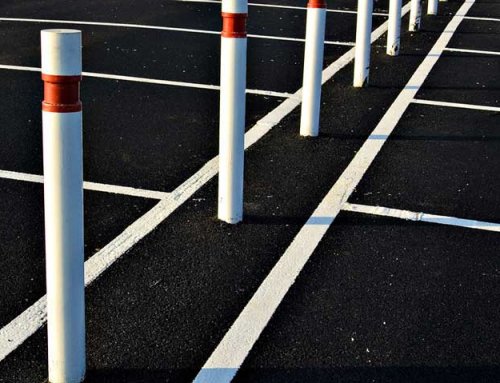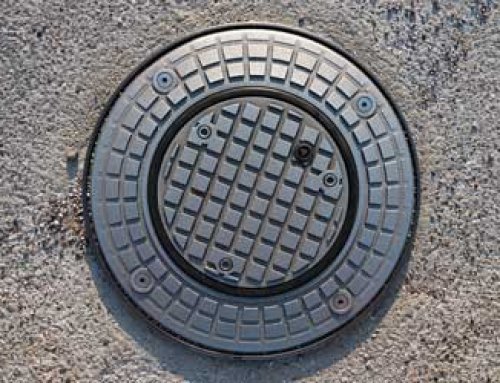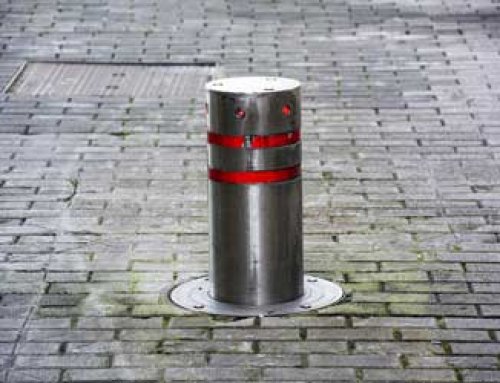Whether you’re planning to install fixed or automatic bollards, spacing is everything; bollards cannot perform their job if they are not properly spaced. Correct spacing is, however, a complex issue shaped by a wide variety of different factors. For that reason, it’s important to familiarise yourself with all of the relevant spacing considerations before you install fixed or automatic bollards:
1. Will pedestrians be traversing the area where you’re planning to install bollards? If you expect pedestrian traffic in the area where you’ll be installing fixed or automatic bollards, you will need to make sure that the bollards are placed in such a way that they conform with accessibility laws (those in wheelchairs usually require at least three feet of space between bollards in order to pass through) and emergency exit regulations. Don’t forget to factor in any objects (e.g. light fixtures) that extend from the bollards when making your calculations.
2. Will your bollards be protecting a utility? When the primary aim of your bollard installation is not to protect and facilitate pedestrian traffic, but rather to protect a utility from vehicle traffic, much closer spacing may be used—indeed, it may be preferable. If you are trying to protect a utility from vehicle traffic, carefully consider the speed of the vehicles that are likely to be passing by the utility; if the vehicles in the surrounding area typically travel at high speeds, placing bollards close together (and possibly installing additional features, like crossbars) will create the resistance needed to prevent a damaging collision with your utility.
 3. Do you wish to protect a fuel pump? If you wish to protect a fuel pump, bollard strength becomes absolutely paramount; after all, even a minor collision with a fuel pump can quickly become an emergency situation. When protecting a fuel pump, choose a horseshoe or u-bollard; horseshoe bollards have vertical elements which are precisely calibrated to match the bumper height of the average vehicle, along with full-sized crossbars that strengthen the bollard setup.
3. Do you wish to protect a fuel pump? If you wish to protect a fuel pump, bollard strength becomes absolutely paramount; after all, even a minor collision with a fuel pump can quickly become an emergency situation. When protecting a fuel pump, choose a horseshoe or u-bollard; horseshoe bollards have vertical elements which are precisely calibrated to match the bumper height of the average vehicle, along with full-sized crossbars that strengthen the bollard setup.
4. Will your bollards be used to direct automobile traffic? If you want to direct automobile traffic, for example by blocking off certain areas to passing cars, make sure to place your bollards no more than five feet apart. This will block all automobiles, even the smallest models, from entering the sectioned-off area.
If you wish to block a given area to automobile traffic at only some times and not others (for instance, blocking a street off only on weekends to create a pedestrian market), select automatic bollards rather than fixed bollards. Automatic bollards can be raised and lowered on demand, facilitating the creation of “mixed use” areas. However, unlike temporary bollards, they offer a great deal of resistance to impact and they are highly durable.
Emergency Access
As a final note, regardless of the traffic control and access needs your bollards will be meeting, you must also consider the need to allow emergency vehicle access to the area. Always check local building codes to verify that you will not be acting in violation of any emergency access laws.
If you want to see more of the gates we have hand crafted and designed for our customers you can find them on Facebook.
If you have any inquiries you can contact us here





